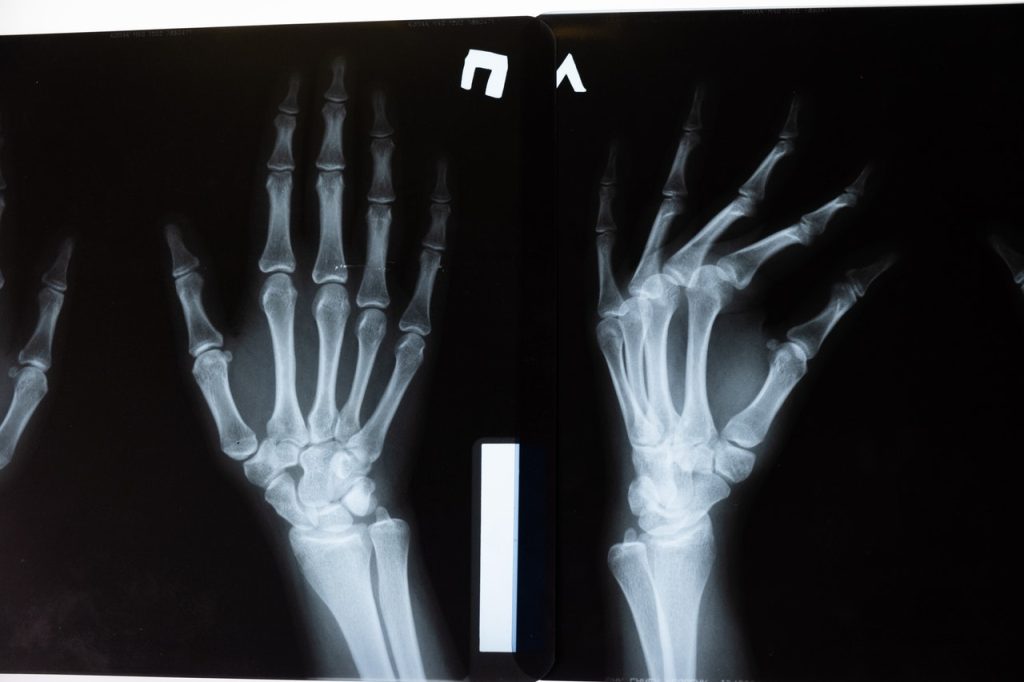
Researchers have developed new way to get bone to regenerate with messenger RNA, which promises to be cheaper and less expensive while having fewer side effects than the current treatment.
Although fractures normally heal, bone will not regenerate under several circumstances. When bone does not regenerate, major clinical problems could result, including amputation.
One treatment is recombinant human bone morphogenetic protein-2, or BMP-2. However, it is expensive and only moderately effective. It also produces side effects, which can be severe.
Researchers at Mayo Clinic, along with colleagues in the Netherlands and Germany, may have a viable, less risky alternative: messenger RNA.
A study conducted on rats and published in Science Advances, shows that messenger RNA can be used at low doses to regenerate bone – and without side effects. The resulting new bone quality and biomechanical properties are also superior to that of BMP-2. Additionally, messenger RNA is a good choice for bone regeneration because it may not need repeat administrations.
Human bone develops in one of two ways: direct formation of bone cells from mesenchymal progenitor cells, or through endochondral ossification, in which cartilage forms first and then converts to bone. The BMP-2 therapy uses the former method, and the messenger RNA approach uses the latter. In general, the researchers say their work proves that this method “can heal large, critical-sized, segmental osseous defects of long bones in a superior fashion to its recombinant protein counterpart.”
Further studies are required in larger animals than rats before any translation can be considered for clinical trials.
Source: Mayo Clinic

